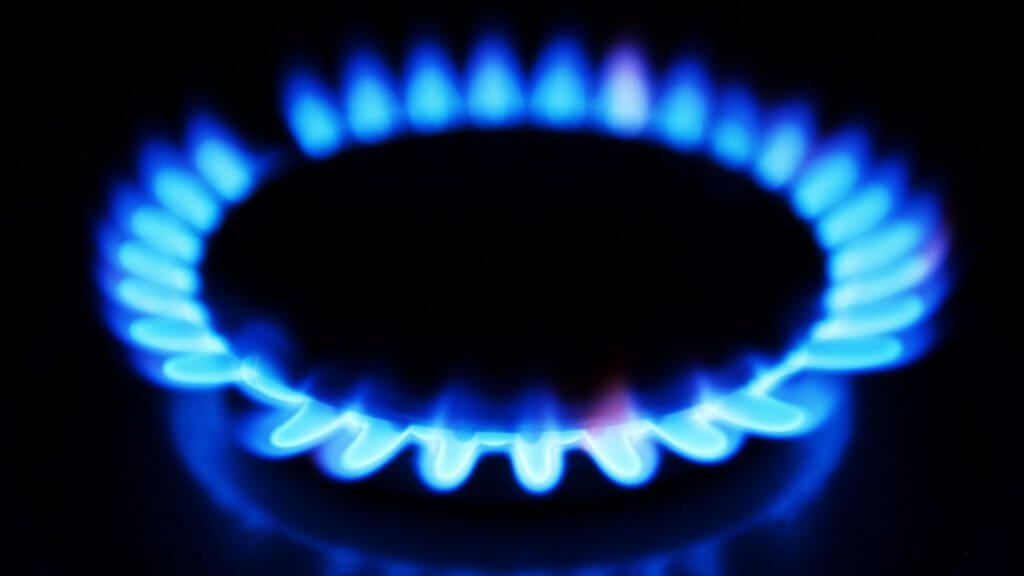16 Tactics That Can Help Reduce Your Utility Bills

Are you searching for ways to lower your utilities bill? You are not alone – rising energy prices have become a concern for many households. Fortunately, there are steps you can take in order to lower monthly electric, gas and water bills.
Here Is An Overview Of Some Effective Tactics That Can Help Reduce Your Utility Expenses:
1. Switch Your Lightbulbs
Upgrade from traditional incandescent and halogen bulbs to more energy-saving LED bulbs. Not only do these last longer than their incandescent and halogen counterparts, but they use up to 80% less power! Motion activated lighting can be beneficial for security purposes while saving on energy costs.
2. Unplug Appliances You’re Not Utilising
When an appliance such as a TV, laptop charger, toaster or microwave is plugged in but not being used, it still draws power from the outlet–even when switched off. To prevent these items from drawing power while being inactive (e.g., behind furniture or on countertops), try unplugging them when finished using them; if their plugs are hard to reach or easy to forget about (like behind furniture or on countertops), consider investing in power strips which can be turned off with one switch.
3. Utilize A Smart Power Strip
Smart power strips automatically shut off electricity to devices like TVs, game consoles and audio systems when in standby mode or not in use. This helps save energy from being wasted on inactive items.
4. Install Weatherstripping
Weatherstripping is a material used to seal gaps and cracks around windows and doors that allow air into your home, causing your HVAC system to work harder than necessary and raising utilities bills. Installing weatherstripping can reduce energy loss through these leaks, keeping your house comfortable all year round.
5. Programmable Thermostat
One of the best ways to save money on heating and cooling expenses is installing programmable thermostats in your home. These Church Heating devices enable you to program temperatures for specific times day or night with automatic adjustments when necessary – saving your HVAC system from running more than necessary, leading to significant reductions in electric bills.
6. Replace Air Filters Regularly
Clogged air filters put undue strain on your HVAC system, forcing it to work harder than necessary and use more energy in the process. Make sure to inspect and replace your filters at least every three months–or even once a month if you have pets that shed lots of fur or allergies caused by dust particles.
7. Utilise Ceiling Fans
Ceiling fans don’t actually reduce temperature in a room, but they can help your HVAC system use less energy by redistributing air. In summer, run them clockwise to push cool air down into the room; in wintertime, reverse direction and run them counterclockwise to pull warm air up from below.
8. Install Insulation
Insulating your walls, attic and crawl space with additional insulation helps keep heat inside during cold months and makes it harder for your HVAC system to do its job. This step is especially crucial if your house was built prior to insulation regulations being put into effect; otherwise, these changes could prove costly in the long run.
9. Plant Shade Trees
Planting shade trees near your house can provide natural shading, helping reduce energy use to cool your home during summer months. Make sure the trees are located on either east and west sides of your house since these tend to get the most sun.
10. Use LED Holiday Lights
LED Christmas lights use up to 90% less electricity than traditional incandescent bulbs and last up to 100,000 hours longer than an average holiday season! Take advantage of these great savings by investing in some LED strands for your next decorating project!
11. Take Shorter Showers
Shorter showers help conserve water, which in turn lowers your utilities bill. Try taking five-minute showers and only running full loads of laundry or dishes when absolutely necessary.
12. Reduce The Temperature
Even a slight decrease in your water heater’s thermostat can make an enormous difference in how much energy it uses. Lowering it to 120degF or below will help save on energy costs without sacrificing comfort levels.
13. Opt for Energy Star Appliances
When replacing old appliances, look for ones that have achieved Energy Star certification – these models typically use 20-30% less electricity than standard models and often come with additional features.
14. Maximise Natural Light When Available
Take advantage of natural sunlight whenever possible by opening your blinds and curtains during the day, allowing sunlight to bring life into your home without needing electric lighting. This is especially beneficial during winter months when daylight hours are shorter and there’s less available sunlight.
15. Switch To Cold Water For Laundry:
Washing clothes in hot water not only uses a lot of energy but it’s also one of the primary factors in washer energy costs. To save on your electric bill, try switching to cold water instead – you’ll be amazed at the difference!
16. Wrap Water Heater with Insulation
Wrapping your hot water heater in an insulating blanket helps keep heat trapped inside and reduces energy needed to run efficiently. It’s a simple DIY project that takes minimal effort but could make a big difference on your utility bills!




